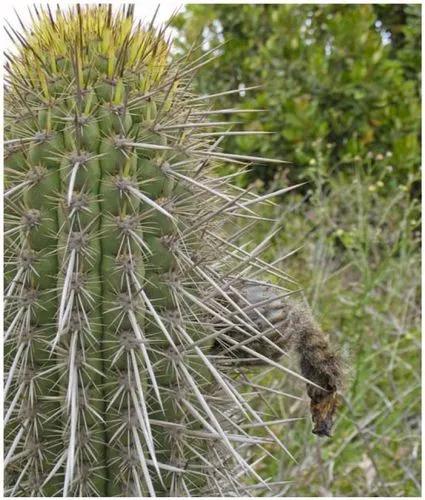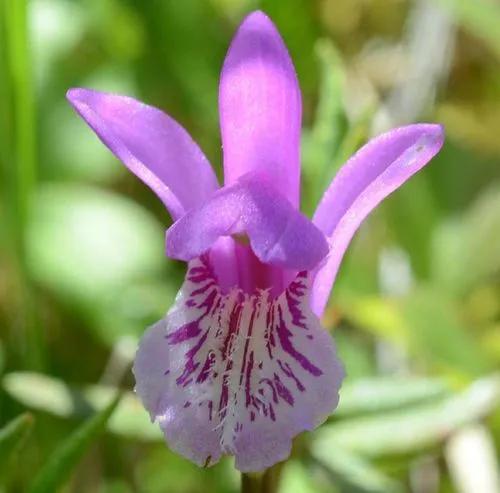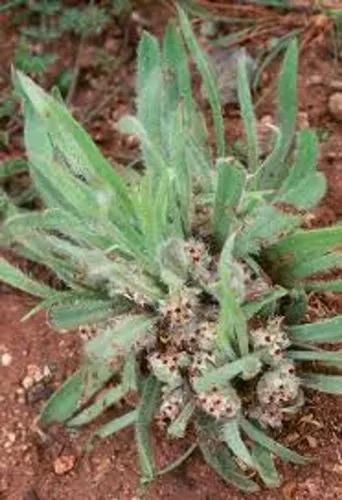The high-yielding crops thrive best on well-drained, fertile soils of medium texture and neutral pH. However, these have a low tolerance for soils with high salt and water-logged conditions. Commercial sesame crops require 90 to 120 frost-free days. Warm conditions above 23 °C (73 °F) favor growth and yields. While sesame crops can grow in poor soils, the best yields come from properly fertilized farms.[8][28] Initiation of flowering is sensitive to photoperiod and sesame variety. The photoperiod also affects the oil content in sesame seed; increased photoperiod increases oil content. The oil content of the seed is inversely proportional to its protein content.[citation needed] Sesame is drought-tolerant, in part due to its extensive root system. However, it requires adequate moisture for germination and early growth. While the crop survives drought and the presence of excess water, the yields are significantly lower in either condition. Moisture levels before planting and flowering impact yield most.
Uncarina Grandidieri Or Succulent Sesame Care
Uncarina Grandidieri
Other names: Succulent Sesame, Unicorn Tree



In a 100 g (3.5 oz) amount, dried whole sesame seeds provide 573 calories and are composed of 5% water, 23% carbohydrates (including 12% dietary fiber), 50% fat, and 18% protein. Whole sesame seeds are rich (20% or more of the Daily Value) in several B vitamins and dietary minerals, especially iron, magnesium, calcium, phosphorus, and zinc. The byproduct that remains after oil extraction from sesame seeds, also called sesame oil meal, is rich in protein (35-50%) and is used as feed for poultry and livestock.[7][8][30] As many seeds do, whole sesame seeds contain a significant amount of phytic acid, which is considered an antinutrient in that it binds to certain nutritional elements consumed at the same time, especially minerals, and prevents their absorption by carrying them along as they pass through the small intestine. Heating and cooking reduce the amount of the acid in the seeds.
How to Care for the Plant

Water

More watering is not required because no moisture evaporates through the ziplock bag .

Pruning

Occasionally

Fertilizer

Diluted fertilizer on young plants to speed the growth

Sunlight

Uncarina plants require plenty of bright light

Soil

Uncarina requires well-draining soil

Temperature

20-25°C

Container

Uncarina in a container, a smaller pot will keep growth in check.

Additional

All parts of plant are poisonous if ingested. Sometimes known as succulent sesame, Uncarina is a striking, shrubby plant, large enough to be considered a small tree in its native Madagascar. Uncarina is an otherworldly-looking plant with a swollen, succulent base, thick, twisty branches, and fuzzy leaves.

Popularity

49 people already have this plant 7 people have added this plant to their wishlists
Discover more plants with the list below
Popular articles






